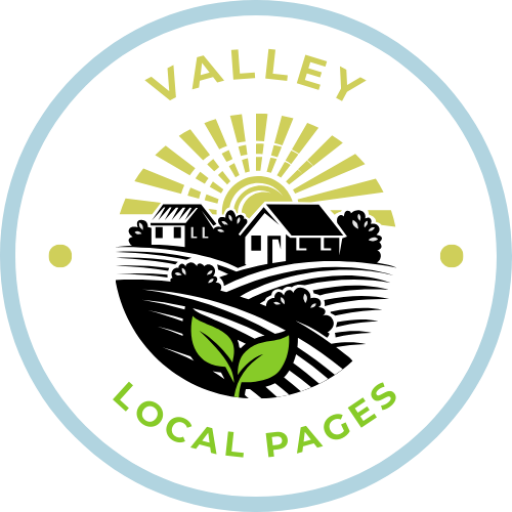How Do I Prioritize Spending When My Budget Is Nearly Gone?
When your budget is running on fumes, every dollar counts. Deciding where to allocate your remaining funds can be overwhelming, but prioritizing your spending is key to survival. Here’s how you can categorize and focus your spending for the greatest impact.

Essential Expenses: Keep the Lights On
First and foremost, ensure that you cover the essential costs that keep your business operational. These are the non-negotiables that, if left unpaid, would result in you having to close your doors.
Key expenses in this category include:
- Rent or mortgage payments for your physical space
- Utilities (electricity, water, internet)
- Payroll for essential staff (those who are critical to daily operations)
- Inventory or materials needed to continue offering your core products or services
Example
Does your business relies heavily on a specific piece of equipment. Then, you must ensure that maintenance and repair costs are covered to avoid disruptions in your operations. If any of these expenses go unpaid, your business could face significant disruptions, so prioritize these to keep things running smoothly.
Revenue-Driving Investments: Focus on What Brings in Cash
Once your essential expenses are covered, shift your attention to revenue-generating activities. These are the areas that can directly increase your income in the short term, helping to stabilize your cash flow.
The three revenue-driving expenses we’ll discuss in this post are:
- Marketing
- Sales Promos
- Your Best Performing Solutions
Let’s get started…
1. Marketing
Even on a tight budget, marketing should remain a priority. Use cost-effective methods like email marketing, social media promotions, and listing your business on local directories (e.g., Valley Local Pages, Google My Business) to attract customers without overspending.
Create a promotional campaign on social media featuring customer testimonials or user-generated content that highlights your products. This can enhance engagement and attract new customers.
Example
A local coffee shop could run a social media campaign where customers post photos of their favorite drinks with a specific hashtag. Each week, the shop could feature a winning post and offer the user a free drink, encouraging more social media engagement and increasing foot traffic.
2. Sales Promotions
Running targeted discounts, holiday deals, or special promotions can stimulate sales quickly. Use your email list or social media channels to promote flash sales or limited-time offers to generate fast revenue.
If you have a seasonal item that hasn’t sold well, consider offering it at a steep discount to clear inventory and bring in cash quickly.
Example
A boutique clothing store could host a “Clearance Weekend” sale, offering 50% off all summer inventory to make room for fall arrivals. They could promote this event through their email newsletter and social media, driving immediate traffic to the store.
3. Top-Performing Products or Services
Focusing on your best-selling products or services is a smart strategy for stabilizing your business during tough times. These are the items that customers already love, making them less risky to promote. By investing more in what’s already working, you can generate additional revenue without stretching your budget.
Here are some effective ideas to get you on the right track:
Stock Up on Best-Sellers
Start by identifying which products or services consistently bring in the most revenue. Use sales data to analyze trends and pinpoint the items that resonate most with your customers. Once you’ve identified your top performers, make sure you have adequate stock on hand to meet demand. This will prevent lost sales due to stockouts and ensure that you’re ready to capitalize on customer interest.
Create Bundles and Promotions
To encourage even more purchases, consider bundling your best-sellers with related products. Bundling not only increases the average transaction value but also provides customers with a sense of value. For example, if a specific product line is consistently selling well, pair it with complementary items to create attractive offers that motivate customers to buy more.
Example
A local bakery may discover that their chocolate chip cookies are their best-sellers. To enhance sales, they could create a “Cookie Lover’s Bundle” that includes a dozen chocolate chip cookies along with a complimentary beverage at a discounted price. This not only boosts cookie sales but also increases beverage sales, creating a win-win scenario.
Promoting this bundle through social media and email marketing can attract more customers looking for a delicious treat while also highlighting the value of purchasing the bundle rather than individual items. Additionally, encouraging customers to share their experiences with the bundle on social media can generate buzz and attract new customers to the bakery.
Leverage Customer Feedback
Engage with your customers to gather feedback about your best-sellers. This can provide insights into what they love about these products and what they might want to see in the future. Use this information to tweak your offerings, create new bundles, or even develop new products that align with customer preferences.
By doubling down on your top-performing products and services, you can maximize revenue potential while minimizing risk. Focus on what works, create appealing offers, and listen to your customers. This approach not only strengthens your current sales strategy but also builds a loyal customer base that trusts your brand.
Long-Term Benefits: Invest in the Future if You Can Afford It
While focusing on immediate needs is crucial, it’s also important to allocate a small portion of your budget to areas that can pay off down the line. This might seem like a luxury when funds are tight, but if you can manage it, small investments in long-term growth can position you for success when things improve.
Here are three key areas to pay close attention to on a consistent basis to achieve long-term growth:
1. Customer Retention
Retaining existing customers is far cheaper than acquiring new ones. Consider loyalty programs, personalized follow-ups, or offering value-added services like free consultations or special access to new products.
Example
Implement a referral program where customers get a discount for referring friends, incentivizing them to bring in new business while rewarding their loyalty.
2. Employee Training
If you have any room in the budget, consider offering low-cost or free online training for employees to improve their skills. A more efficient and skilled team can help you save costs and improve customer service.
Example
Take advantage of free resources on platforms like Coursera or Udemy for staff training in areas such as customer service or digital marketing, which can boost their skills without straining your budget.
3. Technology
Sometimes a small tech investment can make a big impact. For example, switching to free or lower-cost software alternatives, automating simple tasks, or improving your online store’s functionality can save time and money in the long run.
Example
If you currently use a paid email marketing service, consider switching to a free alternative like MailerLite to save costs while still reaching your audience effectively.
Additionally, we offer a course that can further enhance your team’s capabilities.




